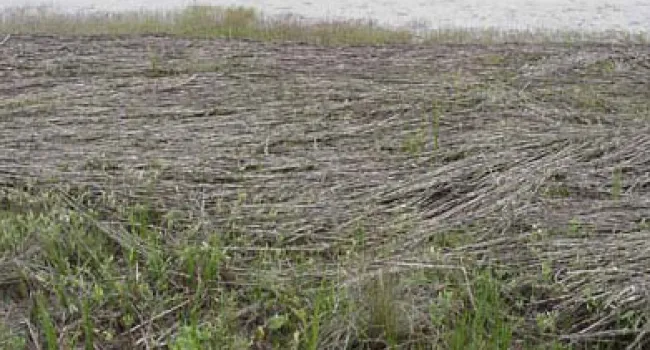
Photo
Detritus is the collection of dead stems of Spartina and other things that float. This combination of materials floats up in the marsh during high tides, and winds often drive it ashore, where it...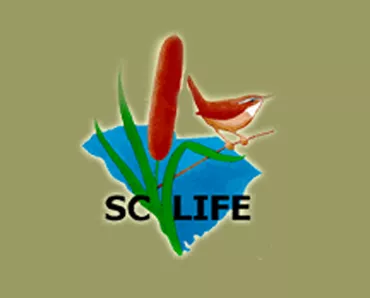
Take a virtual field trip to a South Carolina cove forest and a salt marsh. These virtual field trips were produced in collaboration between Clemson University's SC LIFE Project and South Carolina ETV. The virtual field trips were designed specifically for schools lacking easy access to natural areas.
The SC LIFE Project, supported by an award to Clemson University from the Howard Hughes Medical Institute Undergraduate Science Education Program, uses the natural history of South Carolina (and the Southeast) to illustrate basic biological concepts and to stimulate inquiry-based learning. The SC LIFE Program serves elementary, middle and high school students and teachers. The target grade level of the SC LIFE Virtual Field Trips content is middle school.
SC LIFE materials are available for use only in non-profit educational activities. Any other uses, including activities involving fees for instruction and/or materials, must receive permission from the SC LIFE Project Director. Contact SC LIFE Project Office, 132 Long Hall, Clemson, SC 29634, 864-656-4224, with questions about any of our SC LIFE materials or programs.

Photo
Detritus is the collection of dead stems of Spartina and other things that float. This combination of materials floats up in the marsh during high tides, and winds often drive it ashore, where it...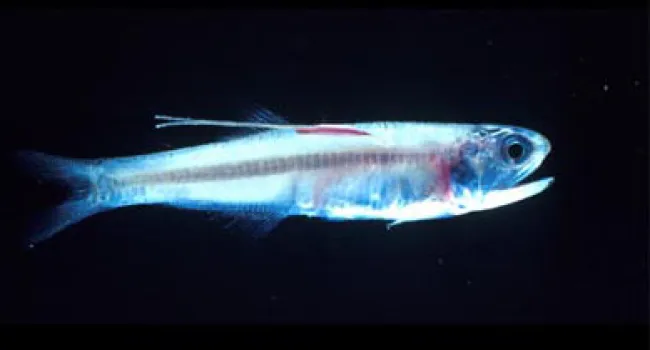
Photo
The bay anchovy is the most numerous fish in the estuaries of South Carolina. They are food to larger fish and to many birds. Anchovies are specialized to feed on plankton. They have a huge mouth and...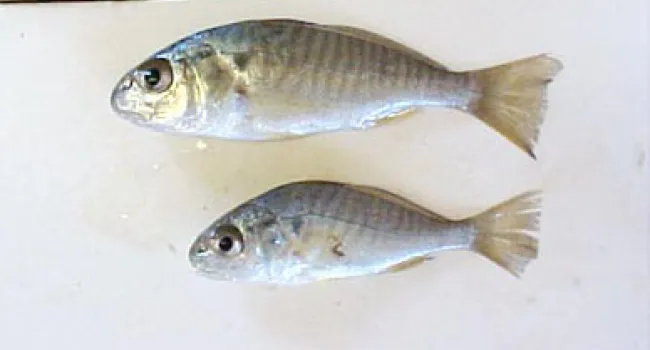
Photo
Spot and croaker are closely related fish. They look alike, with light vertical bands, but the spot is named for a dark spot just behind its gill cover. All members of this group of fish make noises...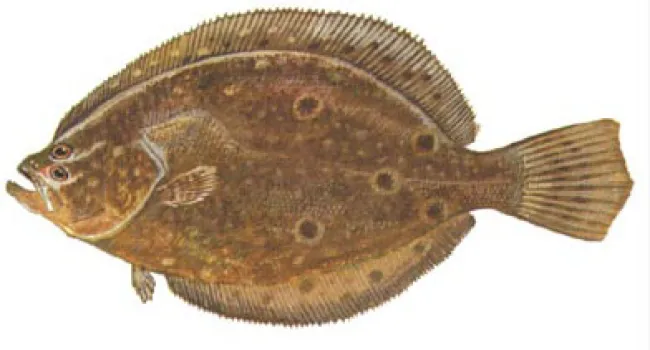
Photo
There are several species of flatfish that occur in South Carolina. These include flounder, soles, and tonguefish. The flatfish lie slightly buried on the bottom, where they wait for prey, such as...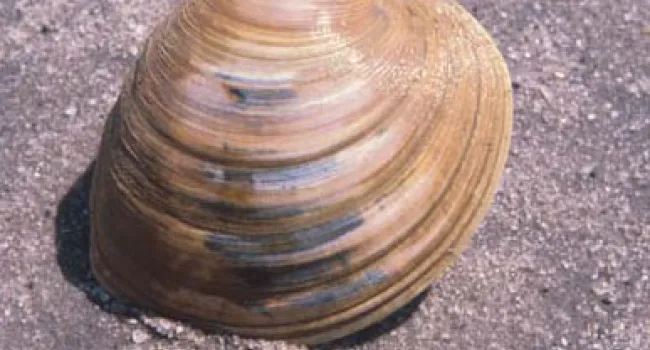
Photo
The hard clam, or quahog, is common along our coast. The clams are sold commercially as littleneck, cherrystone, or chowder clams, depending on size, with littlenecks about an inch in diameter and...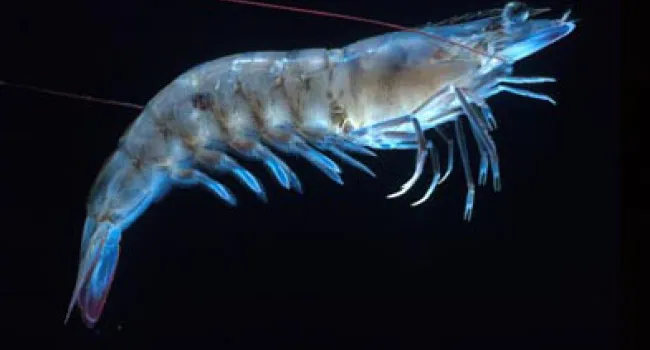
Photo
Three different species of shrimp are collected commercially from offshore and from the salt marsh. They are the pink shrimp, the brown shrimp, and the white shrimp. They are large, up to 10 inches in...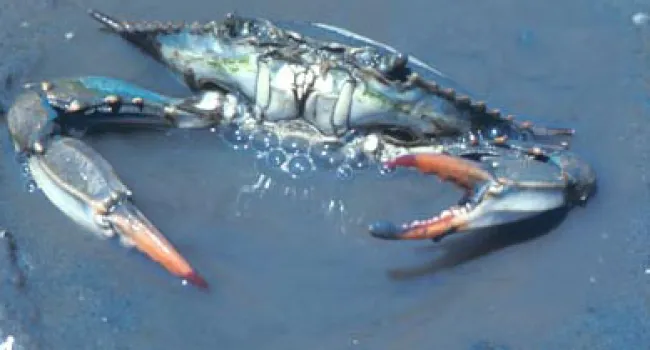
Photo
Blue crabs are active predators and effective scavengers. They occur throughout the estuary. They can swim by using their last pair of legs, which have been modified into paddles instead of walking...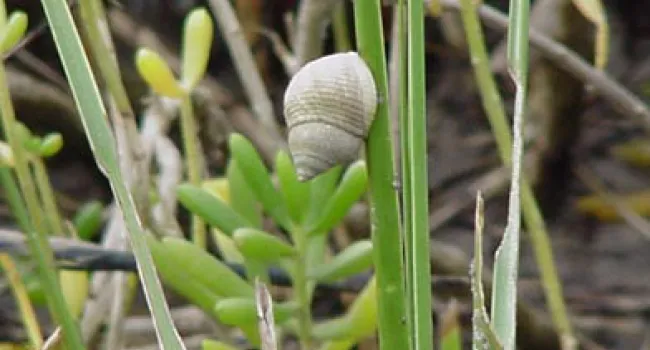
Photo
At low tide, the periwinkles crawl down to the base of the stem, where algae grow best, and graze the algae off the stems. When the tide rises, however, the periwinkles crawl up the stems. Why don't...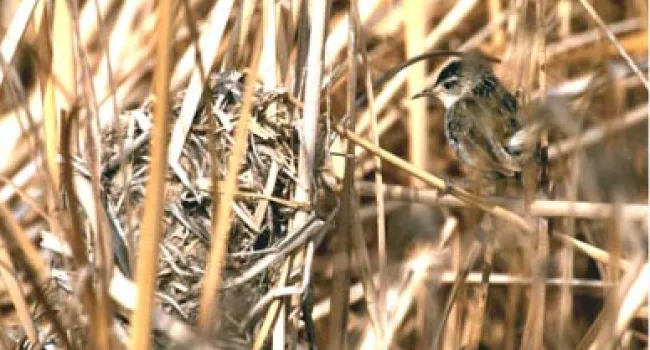
Photo
The wrens build their nests in the tips of living Spartina. The nests are made out of dead Spartina. They are not open, but are covered, so the nest looks like a ball of dead grass. There is a hole on...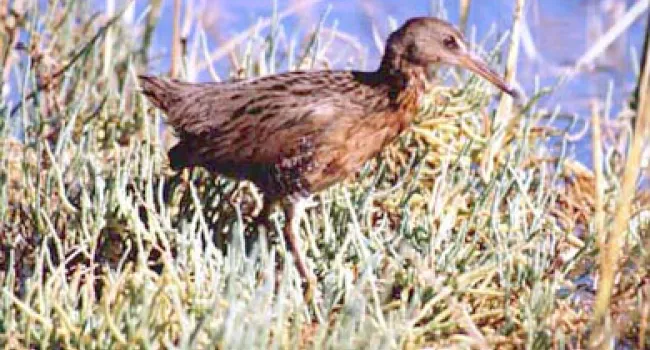
Photo
Clapper rails live their whole lives in the salt marsh. They even nest in clumps of Spartina just above the water. The downy black young are hard to see against the dark marsh mud. Both the adults and...